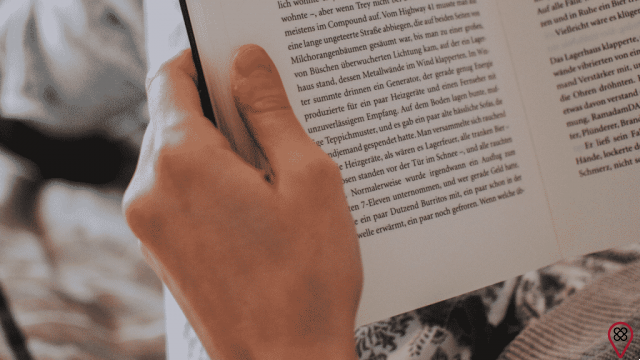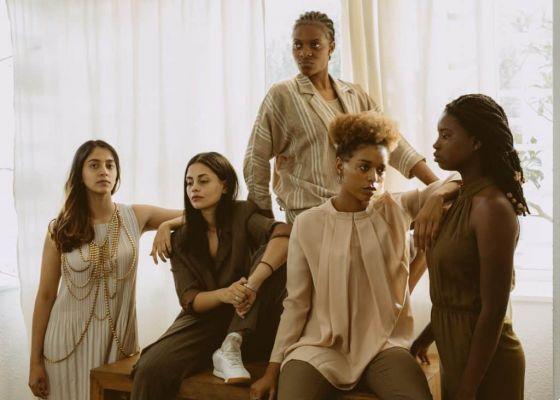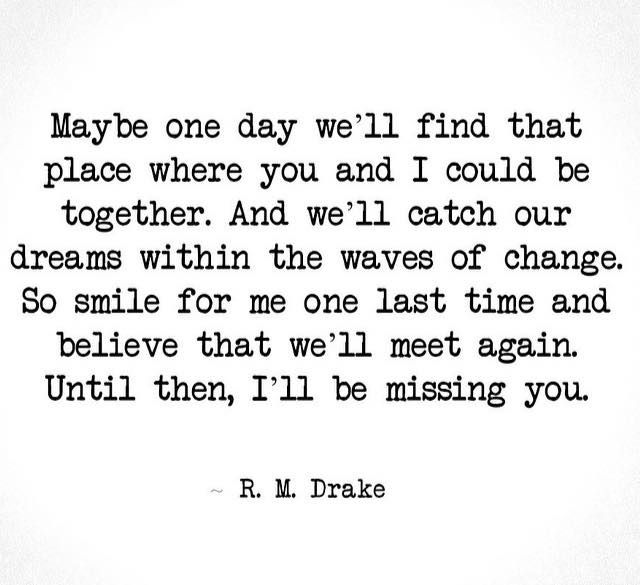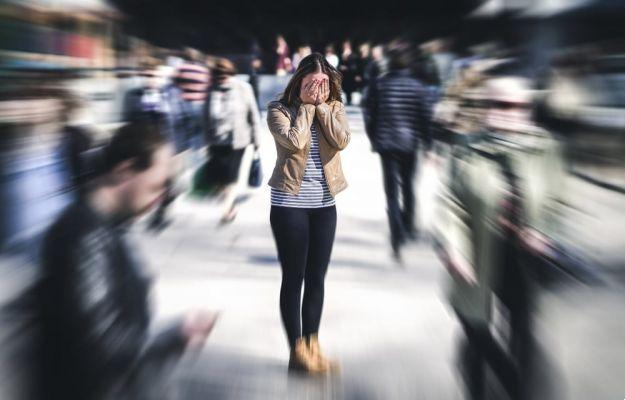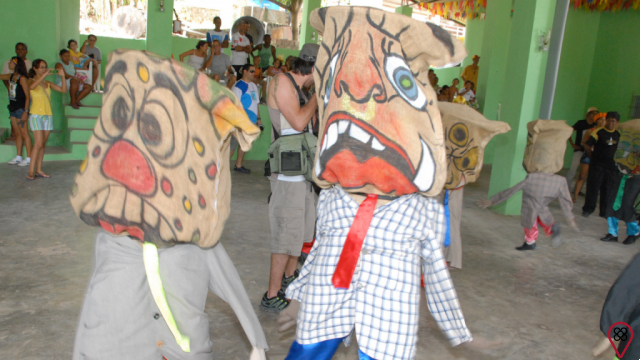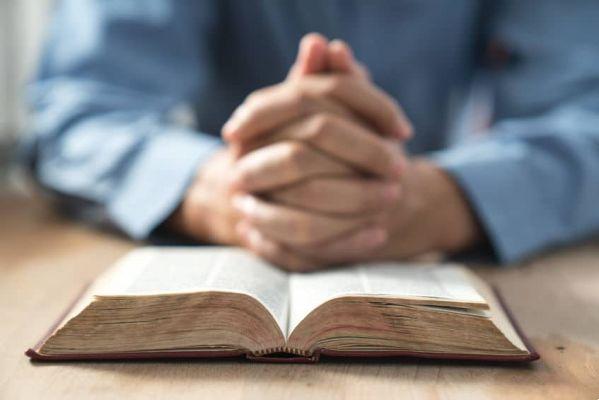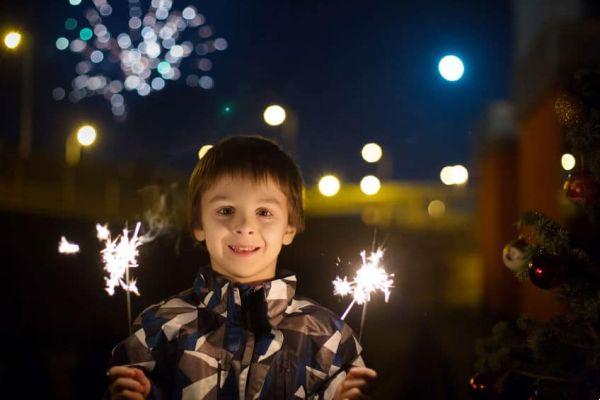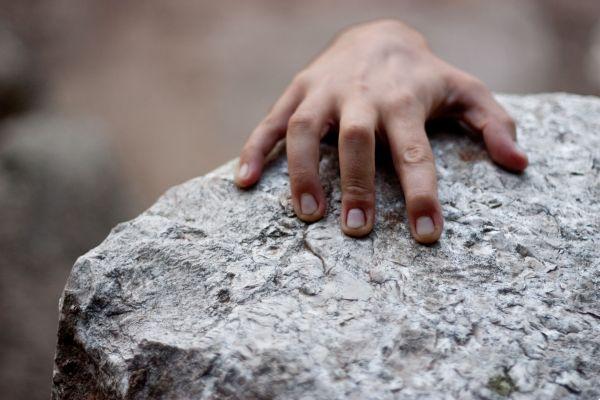Born on July 12, 1997, Malala Yousafzai emerges as a horizon of transformation for girls around the world for her story of overcoming and winning. At just 17 years old, she became the youngest person to receive a Nobel Prize.
His story took shape in a school in the Swat Valley. In the region where she lived, in northeastern Pakistan, girls do not have the same rights as boys. They cannot study. But Malala never got carried away by this imposition, mainly because she had a family that was very involved in education. She attended school normally and was one of the best students.
In 2009, Malala started writing for a BBC news blog under a pseudonym, explaining all the difficulties she was going through in the Swat Valley to be able to attend school.
At that time, the region had been taken over by the Taliban, making it even more difficult for the girls who would like to continue studying.
On October 9, 2012, Malala was on her way to school, riding in a kind of school car. At one point, the vehicle was stopped by armed men. They opened the door and called out Malala's name. The girl was hit by a bullet on the left side of her forehead which landed on her shoulder. She spent days in a coma at a local hospital, and as soon as her condition improved, she was transferred to a hospital in England.
The attack on Malala moved the world, making her one of the most recognized people, in addition to having motivated a petition called "I Am Malala" (I Am Malala), which called for all children in the world to be enrolled in schools by the end of 2015.
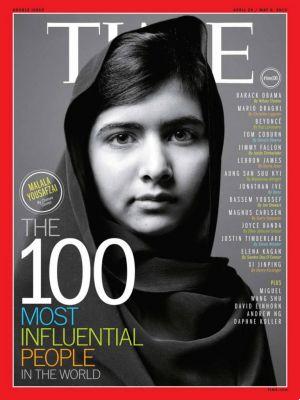 In 2013, Malala illustrated the cover of Time magazine and was considered one of the 100 most influential people in the world. In July of the same year, Malala spoke at the UN Headquarters in favor of everyone's access to education. In October 2013, a year after the attack, she was awarded the Nobel Peace Prize.
In 2013, Malala illustrated the cover of Time magazine and was considered one of the 100 most influential people in the world. In July of the same year, Malala spoke at the UN Headquarters in favor of everyone's access to education. In October 2013, a year after the attack, she was awarded the Nobel Peace Prize.
Malala's story is important, not just for the world at large, but for the children themselves. Explaining that education is important and essential for their lives is not easy, but it is possible to simplify.
With children in mind, journalist Adriana Carranca launched the first book-report aimed at them. “Malala, The Girl Who Wanted to Go to School” tells the whole story of the girl, even the attack, and shows a little of the culture of the Swat Valley.
According to Adriana Carranca, she was already covering the wars in Pakistan and Afghanistan when Malala suffered the attack, so she cannot fail to publish a report on the situation. Soon, she was invited to write a book with Companhia das Letras and embarked on the story of overcoming the Pakistani girl. “For me it was still very unlikely that a 14-year-old girl would have been shot simply because she wanted to go to school. I really wanted to travel to Pakistan to find out the story, to know what was behind such violence. I went there weeks later and found out that Malala was really just a girl who wanted to go to school and so she got shot. That's where the idea for the book came from, a way to immortalize her story and her struggle for the education of girls. At the time, the idea was to make an adult book. But as time went by, as I got to know the children of the Swat Valley and got to know Malala's story better, I decided that this story needed to be told to children, because it was inspiring”, completes the journalist.
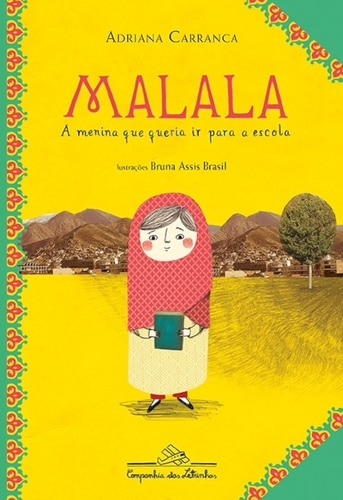 To learn more about the country's culture, the journalist lived in the house of
To learn more about the country's culture, the journalist lived in the house of
local people. There were two brothers, one
of them was in prison for being Taliban, along with their wives, children and their father. There were 8 children in the house. Living with everyone, suffering from the war, in addition to the drama of having a son involved with the Taliban, was fundamental for Adriana to write this story so faithfully and so close to the children's audience. Adding to her daily contact with her family, Adriana also met Malala's schoolmates, who were essential to understand their desire to study. “It was the story of a Cinderella in reverse: she didn't want to get married, but to be someone on her own, through the world of possibilities that education brings. She is a modern-day heroine. Her story is very important for children, because it is a story of love for school and books, the importance of the family in supporting children's development, the transforming power of education! Malala was just a girl who wanted to go to school, in a remote village, isolated among the mountains of Pakistan, and she became the youngest Nobel Peace Prize winner. It is an important story of overcoming and, best of all, with a happy ending. The greatest pleasure was building this story and knowing that it would inspire many children in España”, adds Adriana Carranca.
It took three years for Malala's story to be brought to children here in España, but the message will carry on for generations.
- Written by Gabrielle Career of Team Me Without Borders.



